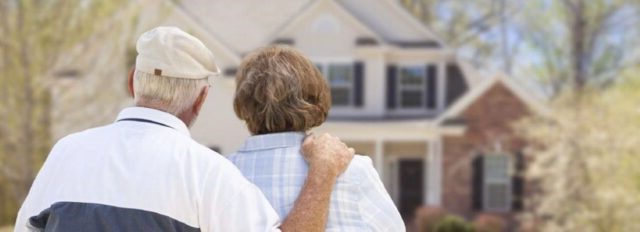As the population ages, the concept of aging-in-place has gained traction as a preferred housing option for seniors who wish to remain in their own homes and communities as they grow older. However, ensuring the safety, accessibility, and comfort of aging homeowners requires careful consideration of their changing needs and abilities. Home inspections tailored to aging-in-place considerations play a crucial role in identifying potential hazards, improving accessibility, and creating a safe environment for seniors to age comfortably in their homes. In this article, we’ll explore the importance of home inspections for aging-in-place, discuss key considerations for creating a safe environment for seniors, and highlight resources available to assist homeowners in this process.
The Importance of Home Inspections for Aging-in-Place
Home inspections for aging-in-place focus on assessing a property’s suitability for seniors and identifying modifications and improvements to enhance safety, accessibility, and comfort. These inspections take into account the unique needs and challenges faced by aging homeowners, such as mobility issues, sensory impairments, and decreased strength and flexibility. By conducting thorough inspections and recommending appropriate modifications, home inspectors can help seniors remain independent and live safely in their homes for as long as possible.

Key Considerations for Creating a Safe Environment for Seniors
- Accessibility: Ensuring that the home is accessible for seniors with mobility issues is essential for aging-in-place. This includes assessing entryways, doorways, hallways, and staircases for obstacles or barriers that may impede mobility. Installing ramps, grab bars, handrails, and non-slip flooring can improve accessibility and prevent falls.
- Safety Features: Home inspectors evaluate safety features such as smoke detectors, carbon monoxide detectors, fire extinguishers, and emergency exits to ensure they are in good working condition and compliant with safety standards. Installing adequate lighting, especially in high-traffic areas and staircases, can also improve visibility and reduce the risk of accidents.
- Bathroom Modifications: Bathrooms are a common area of concern for seniors due to the risk of slips and falls. Home inspectors assess bathroom fixtures, such as toilets, showers, and bathtubs, for accessibility and recommend modifications such as installing grab bars, handheld showerheads, and raised toilet seats to enhance safety and convenience.
- Kitchen Safety: Home inspectors evaluate the kitchen layout, appliances, and fixtures to identify potential hazards and recommend modifications to improve safety and accessibility. This may include installing lever-style faucet handles, pull-out shelves, and adjustable-height countertops to accommodate seniors with limited mobility or reach. To prepare your home for an inspection, read our top tips for sellers.
- Fall Prevention: Falls are a leading cause of injury among seniors, so home inspectors pay particular attention to fall hazards such as loose rugs, uneven flooring, and cluttered walkways. Removing tripping hazards, securing loose carpets, and installing handrails and grab bars can help prevent falls and minimize injury risk.
Resources for Aging-in-Place Modifications

Several resources are available to assist homeowners in making aging-in-place modifications:
- Certified Aging-in-Place Specialists (CAPS): CAPS professionals are trained to assess homes for aging-in-place suitability and recommend modifications to enhance safety and accessibility for seniors. They can provide valuable guidance and expertise in making necessary home modifications.
- Local Agencies and Nonprofit Organizations: Many local agencies and nonprofit organizations offer assistance programs and resources for seniors seeking to age-in-place. These organizations may provide financial assistance, home modification grants, or access to low-cost or discounted services.
- Government Programs: Government programs at the federal, provincial, and municipal levels may offer assistance with home modifications for seniors. These programs may include tax credits, rebates, or grants for accessibility upgrades and renovations.
In conclusion, home inspections tailored to aging-in-place considerations are essential for creating a safe, accessible, and comfortable environment for seniors to remain in their homes as they age. By identifying potential hazards, recommending modifications, and connecting homeowners with resources and assistance programs, home inspectors play a crucial role in supporting aging-in-place initiatives and promoting independence and dignity for seniors. For more information on aging-in-place modifications and resources, visit Canada.ca.

